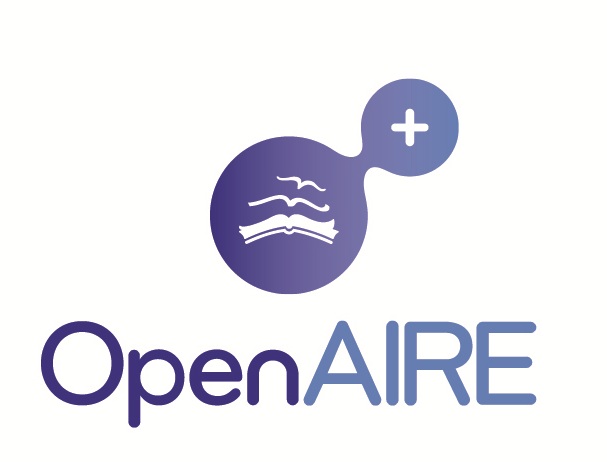A Two-Level Sensorless MPPT Strategy Using SRF-PLL on a PMSG Wind Energy Conversion System
Amina Echchaachouai, Soumia El Hani, Ahmed Hammouch, Imad Aboudrar
DOI: 10.15598/aeee.v15i3.2215
Abstract
In this paper, a two-level sensorless Maximum Power Point Tracking (MPPT) strategy is presented for a variable speed Wind Energy Conversion System (WECS). The proposed system is composed of a wind turbine, a direct-drive Permanent Magnet Synchronous Generator (PMSG) and a three phase controlled rectifier connected to a DC load. The realised generator output power maximization analysis justifies the use of the Field Oriented Control (FOC) giving the six Pulse Width Modulation (PWM) signals to the active rectifier. The generator rotor speed and position required by the FOC and the sensorless MPPT are estimated using a Synchronous Reference Frame Phase Locked Loop (SRF-PLL). The MPPT strategy used consists of two levels, the first level is a power regulation loop and the second level is an extremum seeking bloc generating the coefficient gathering the turbine characteristics. Experimental results validated on a hardware test setup using a DSP digital board (dSPACE 1104) are presented. Figures illustrating the estimated speed and angle confirm that the SRF-PLL is able to give an estimated speed and angle which closely follow the real ones. Also, the power at the DC load and the power at the generator output indicate that the MPPT gives optimum extracted power. Finally, other results show the effectiveness of the adopted approach in real time applications.






















